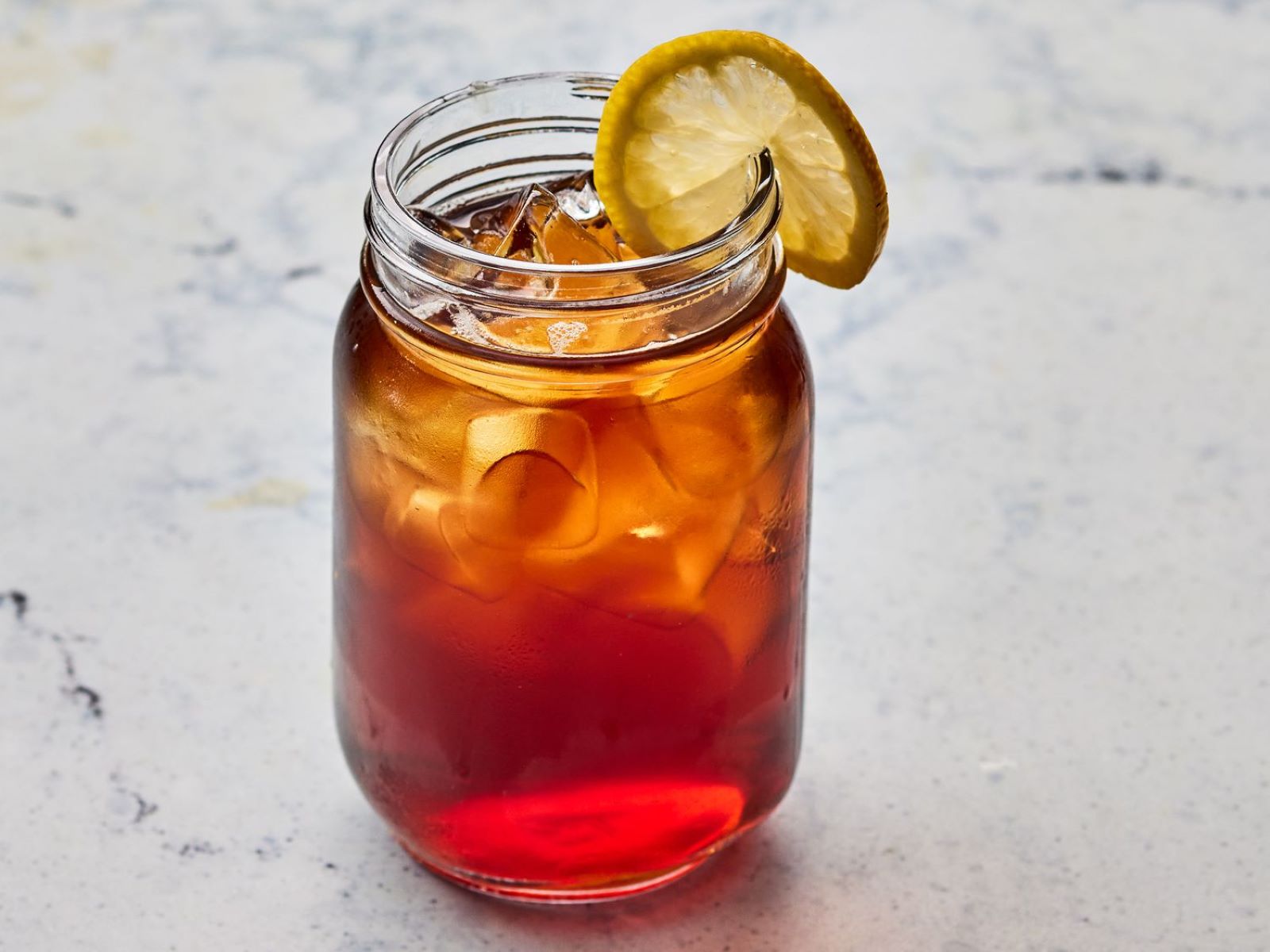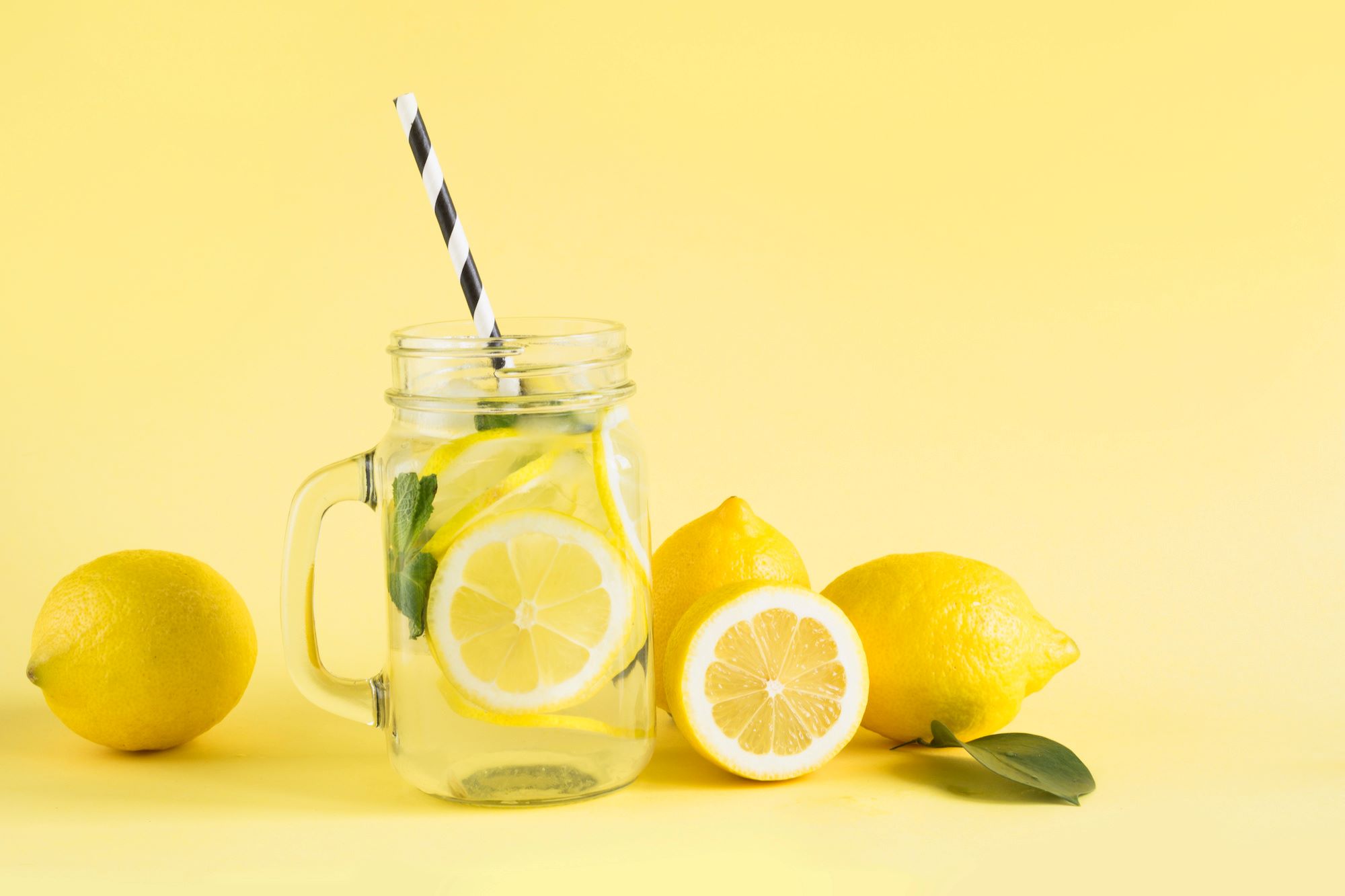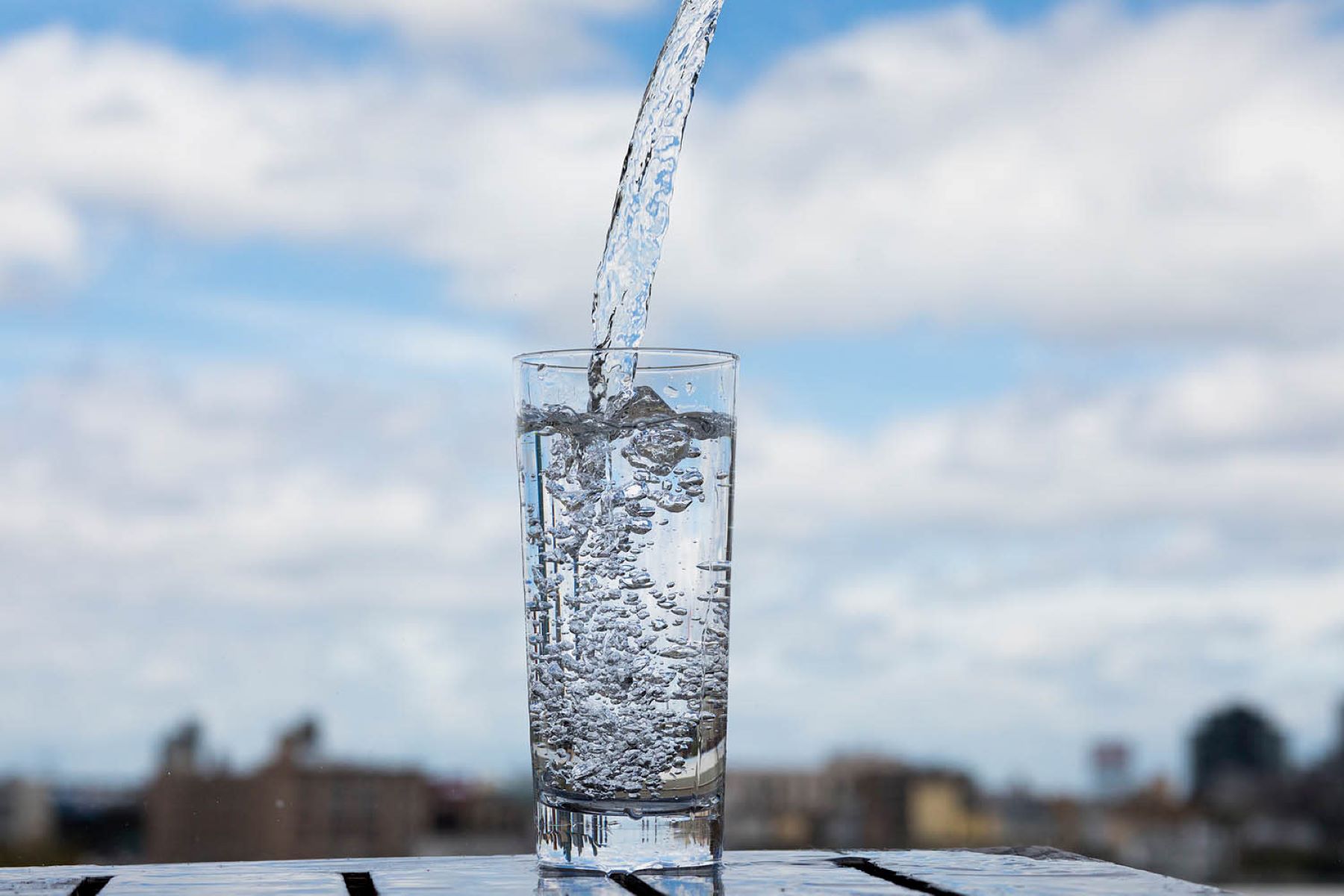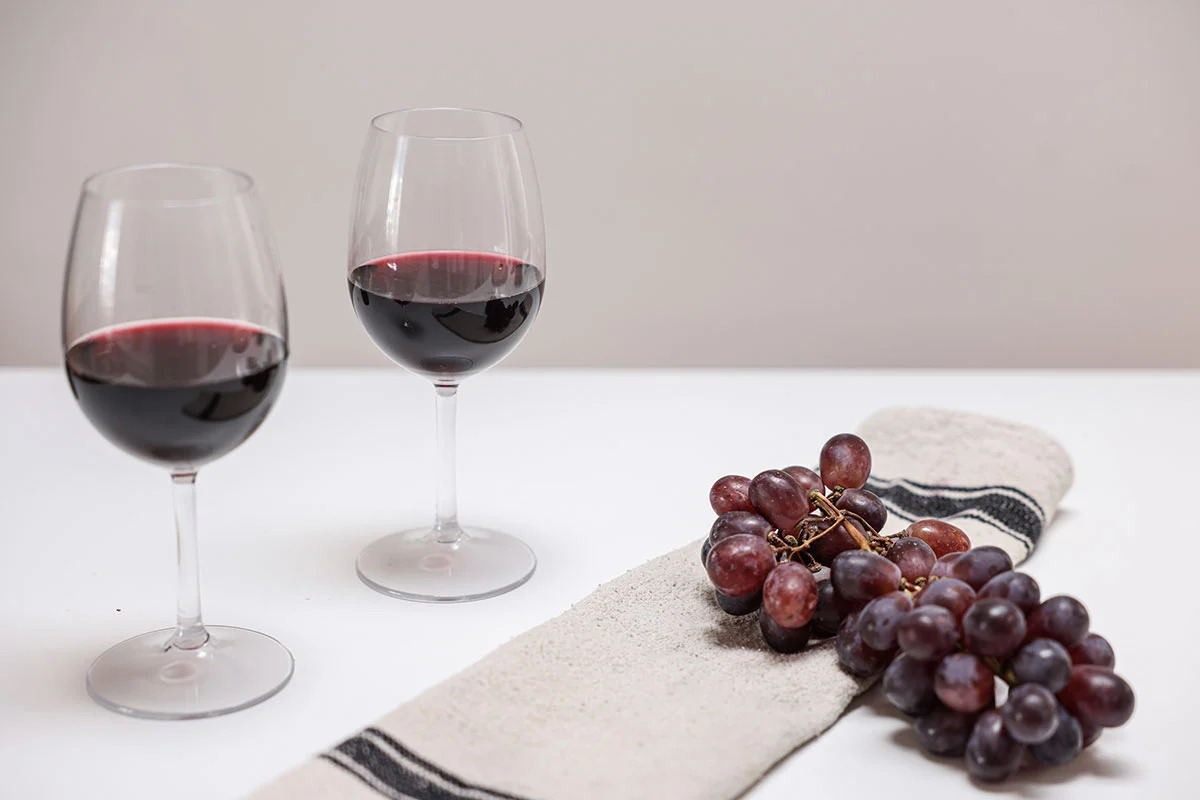Home>Furniture & Design>Interior Design Trends>How Many Calories Is A Glass Of Sweet Tea


Interior Design Trends
How Many Calories Is A Glass Of Sweet Tea
Published: February 4, 2024
Discover the latest interior design trends and get inspired to transform your space. Stay updated with the hottest interior design trends for a stylish home.
(Many of the links in this article redirect to a specific reviewed product. Your purchase of these products through affiliate links helps to generate commission for Storables.com, at no extra cost. Learn more)
Introduction
Sweet tea is a beloved beverage that has been a staple in many households for generations. Its refreshing taste and versatility make it a popular choice for quenching thirst and complementing a wide range of meals. As a quintessential Southern classic, sweet tea holds a special place in the hearts of many, often evoking feelings of nostalgia and comfort.
Beyond its cultural significance, sweet tea has garnered attention for its nutritional aspects, particularly in relation to its calorie content. Understanding the calorie content of sweet tea is essential for individuals who are mindful of their dietary intake and overall health. Whether you enjoy a glass of sweet tea as an occasional treat or as a daily indulgence, being aware of its calorie content can empower you to make informed choices about your beverage consumption.
In this article, we will delve into the world of sweet tea, exploring its composition, nutritional value, and the factors that contribute to its calorie content. By shedding light on the calorie aspect of sweet tea, we aim to provide valuable insights that can guide individuals in making conscious decisions about their beverage preferences. Let's embark on a journey to uncover the mysteries of sweet tea and gain a deeper understanding of its calorie implications.
Key Takeaways:
- Sweet tea contains approximately 70 to 90 calories in an 8-ounce serving, but this can vary based on sugar quantity, serving size, and recipe variations. Be mindful of your sweet tea consumption to align with your dietary goals.
- Factors like sugar quantity, serving size, recipe variations, and customization influence the calorie content of sweet tea. Understanding these factors empowers you to make informed choices about your beverage consumption.
Read more: How Many Calories Is A Glass Of Whiskey
What is sweet tea?
Sweet tea is a quintessential beverage that holds a special place in the hearts of many, particularly in the Southern United States where it is a cultural icon. This beloved drink is a simple yet delightful concoction that typically consists of black tea, sugar, and water. The preparation of sweet tea involves steeping black tea leaves in hot water to extract their robust flavors, followed by the addition of sugar to create a sweet and refreshing elixir.
The process of making sweet tea is often a cherished tradition, with variations in recipes and techniques passed down through generations. While the basic components of sweet tea remain consistent, the ratio of tea to sugar and the method of preparation can vary, resulting in a diverse array of flavor profiles and strengths.
Sweet tea is renowned for its ability to provide a harmonious balance of sweetness and the invigorating essence of tea. When prepared with care and attention to detail, it offers a smooth and satisfying taste that appeals to a wide range of palates. Whether enjoyed over ice on a sweltering summer day or paired with a hearty meal, sweet tea has the remarkable ability to elevate the drinking experience and evoke feelings of comfort and contentment.
In addition to its delightful flavor, sweet tea serves as a versatile beverage that can be customized to suit individual preferences. Some may opt for a stronger tea base with a hint of sweetness, while others may prefer a more pronounced sugary infusion. The adaptability of sweet tea allows for a personalized drinking experience, making it a beloved choice for gatherings, celebrations, and everyday enjoyment.
Overall, sweet tea embodies a rich heritage and a timeless appeal that transcends generations. Its simplicity, versatility, and ability to evoke a sense of warmth and familiarity have solidified its status as a cherished beverage in numerous households. As we continue to explore the world of sweet tea, it becomes evident that its allure extends far beyond its basic composition, encompassing a tapestry of tradition, flavor, and cultural significance.
Nutritional value of sweet tea
Sweet tea, with its delightful blend of black tea and sugar, offers a unique nutritional profile that reflects its key ingredients. Understanding the nutritional value of sweet tea is essential for individuals seeking to make informed dietary choices and maintain a balanced lifestyle.
The primary components of sweet tea are black tea and sugar, each contributing distinct nutritional elements to the beverage. Black tea is renowned for its rich antioxidant content, particularly flavonoids, which have been associated with various health benefits, including potential cardiovascular and cognitive advantages. Additionally, black tea contains minimal calories and no fat, making it a favorable choice for those mindful of their caloric intake.
In contrast, the sugar content in sweet tea significantly impacts its nutritional composition. Sugar contributes to the carbohydrate content of sweet tea, providing a source of quick energy. However, it is important to note that excessive sugar consumption can lead to adverse health effects, such as weight gain and increased risk of chronic conditions like diabetes and heart disease.
When considering the nutritional value of sweet tea, it is crucial to acknowledge the potential impact of added ingredients, such as flavorings or sweeteners. These supplementary components can introduce additional nutrients or additives that may influence the overall nutritional profile of the beverage.
In essence, sweet tea offers a blend of beneficial components, such as antioxidants from black tea, alongside considerations related to sugar content. By examining the nutritional aspects of sweet tea, individuals can gain insights into its role within their dietary framework and make informed decisions regarding its consumption.
As we delve deeper into the nutritional landscape of sweet tea, it becomes evident that its composition encompasses a delicate interplay of elements that contribute to its overall appeal and potential health implications. By unraveling the nutritional value of sweet tea, we gain a comprehensive understanding of its role within the broader spectrum of dietary choices and the impact it may have on individual wellness.
How many calories in a glass of sweet tea?
The calorie content of a glass of sweet tea can vary based on several factors, including the serving size, the amount of sugar used, and any additional ingredients. On average, an 8-ounce serving of sweet tea prepared with a standard recipe contains approximately 70 to 90 calories. However, it is important to note that these values are estimates and can fluctuate based on individual preferences and variations in preparation methods.
The primary contributor to the calorie content of sweet tea is the sugar used in its preparation. A typical recipe for sweet tea involves dissolving sugar in the brewed black tea to achieve the desired level of sweetness. The amount of sugar added directly influences the calorie count, with higher quantities leading to an increase in caloric content. As such, individuals who are mindful of their calorie intake may opt to adjust the sugar levels in their sweet tea to align with their dietary goals.
Moreover, the serving size of sweet tea plays a pivotal role in determining its calorie content. Larger servings naturally contain more calories than smaller ones, making portion control an essential consideration for those monitoring their caloric intake. By being cognizant of serving sizes, individuals can make conscious choices about the amount of sweet tea consumed, thereby managing their overall calorie consumption more effectively.
It is worth noting that variations in sweet tea recipes and regional preferences can result in differences in calorie content. Some recipes may incorporate alternative sweeteners or flavorings, which can impact the overall nutritional composition of the beverage. Additionally, the use of condensed milk or other dairy products in certain sweet tea variations can introduce additional calories and nutrients, further influencing the beverage's caloric profile.
In summary, the calorie content of a glass of sweet tea typically ranges from 70 to 90 calories for an 8-ounce serving, with variations based on factors such as sugar quantity, serving size, and recipe variations. By understanding the calorie implications of sweet tea, individuals can make informed decisions about its inclusion in their dietary regimen, ensuring that it aligns with their nutritional objectives and overall wellness goals.
Factors that affect the calorie content of sweet tea
The calorie content of sweet tea is influenced by a multitude of factors that encompass the entire spectrum of its preparation, serving, and customization. Understanding these factors is crucial for individuals seeking to gain insight into the caloric implications of their sweet tea consumption and make informed decisions about their dietary choices.
Read more: How Many Calories Is A Glass Of Milk
1. Sugar Quantity:
The amount of sugar added to sweet tea significantly impacts its calorie content. As a primary source of calories in the beverage, the quantity of sugar used directly correlates with the overall caloric value. Individuals can adjust the sugar levels to align with their dietary preferences, thereby exerting control over the calorie content of their sweet tea.
2. Serving Size:
The serving size of sweet tea plays a pivotal role in determining its calorie content. Larger servings naturally contain more calories than smaller ones, making portion control an essential consideration for those mindful of their caloric intake. By being cognizant of serving sizes, individuals can make conscious choices about the amount of sweet tea consumed, thereby managing their overall calorie consumption more effectively.
3. Recipe Variations:
Sweet tea recipes can vary widely, with regional preferences and individual adaptations contributing to diverse flavor profiles and nutritional compositions. Some recipes may incorporate alternative sweeteners or flavorings, which can impact the overall caloric content of the beverage. Additionally, the use of condensed milk or other dairy products in certain sweet tea variations can introduce additional calories and nutrients, further influencing the beverage's caloric profile.
4. Additional Ingredients:
The inclusion of additional ingredients, such as flavorings, syrups, or sweeteners, can contribute to variations in the calorie content of sweet tea. These supplementary components introduce additional nutrients or additives that may influence the overall nutritional profile of the beverage, thereby affecting its caloric implications.
Read more: How Many Calories Is A Glass Of Prosecco
5. Customization:
Sweet tea serves as a versatile beverage that can be customized to suit individual preferences. The adaptability of sweet tea allows for a personalized drinking experience, with variations in strength, sweetness, and additional ingredients influencing the beverage's overall calorie content. By customizing their sweet tea, individuals can tailor its caloric impact to align with their dietary goals and flavor preferences.
In essence, the calorie content of sweet tea is intricately linked to a myriad of factors, ranging from sugar quantity and serving size to recipe variations and customization. By considering these factors, individuals can gain a comprehensive understanding of the caloric implications of sweet tea and make conscious choices about its inclusion in their dietary regimen. This awareness empowers individuals to navigate their beverage consumption with mindfulness and align it with their nutritional objectives and overall wellness goals.
Conclusion
In conclusion, sweet tea, with its rich heritage and timeless appeal, offers a delightful drinking experience that transcends mere refreshment. As we have explored the world of sweet tea, delving into its composition, nutritional value, and the factors influencing its calorie content, it becomes evident that this beloved beverage holds a special place in the hearts of many, while also presenting considerations for individuals mindful of their dietary choices.
The nutritional value of sweet tea reflects a delicate interplay of elements, with black tea contributing antioxidants and minimal calories, juxtaposed against the potential impact of sugar content on overall caloric implications. Understanding the calorie content of sweet tea is essential for individuals seeking to make informed decisions about their beverage consumption, particularly in the context of managing their dietary intake and overall wellness.
With an average calorie content ranging from 70 to 90 calories for an 8-ounce serving, sweet tea offers a harmonious balance of sweetness and the invigorating essence of tea. However, this calorie range is subject to variations based on factors such as sugar quantity, serving size, recipe variations, and customization. By considering these factors, individuals can gain insights into the caloric implications of their sweet tea consumption and make conscious choices aligned with their dietary goals.
The factors influencing the calorie content of sweet tea encompass a broad spectrum, including sugar quantity, serving size, recipe variations, additional ingredients, and customization. By understanding these factors, individuals can navigate their sweet tea consumption with mindfulness, tailoring its caloric impact to align with their nutritional objectives and flavor preferences.
In essence, sweet tea embodies a timeless tradition and a versatile beverage that continues to captivate enthusiasts with its delightful flavor and cultural significance. By shedding light on the calorie aspect of sweet tea, we aim to empower individuals to make conscious decisions about their beverage preferences, ensuring that their consumption aligns with their dietary goals and overall wellness.
As we bid adieu to our exploration of sweet tea, we carry with us a deeper understanding of its composition, nutritional value, and the factors that shape its caloric implications. Whether sipped on a balmy afternoon or savored alongside a hearty meal, sweet tea remains a cherished companion, offering a symphony of flavors and a touch of nostalgia in every sip.
Frequently Asked Questions about How Many Calories Is A Glass Of Sweet Tea
Was this page helpful?
At Storables.com, we guarantee accurate and reliable information. Our content, validated by Expert Board Contributors, is crafted following stringent Editorial Policies. We're committed to providing you with well-researched, expert-backed insights for all your informational needs.














0 thoughts on “How Many Calories Is A Glass Of Sweet Tea”